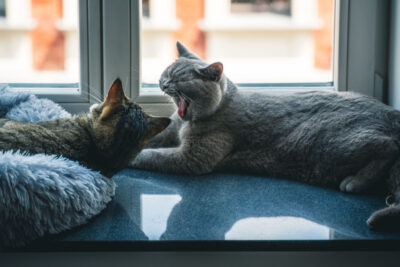-
Shop By Age
-
Kitten
Up to 1 year
-
Adult
1-6 years
Blog
all things cats and dogs
Blog
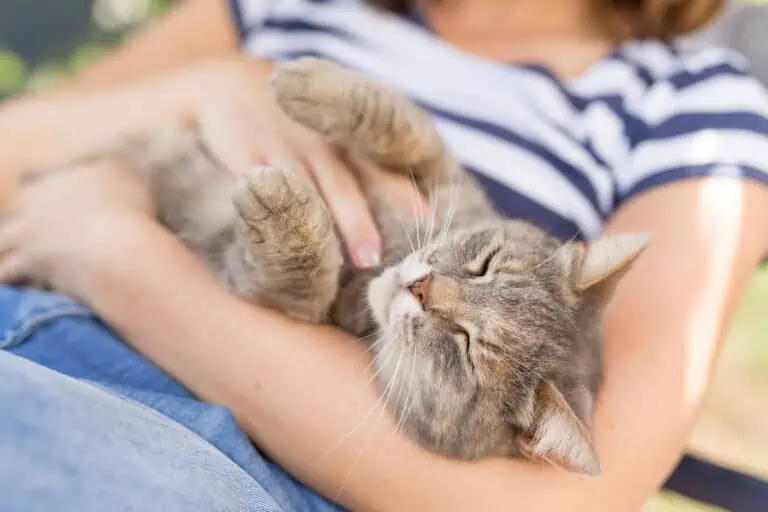
Why does my cat gently bite me?
16 April 2024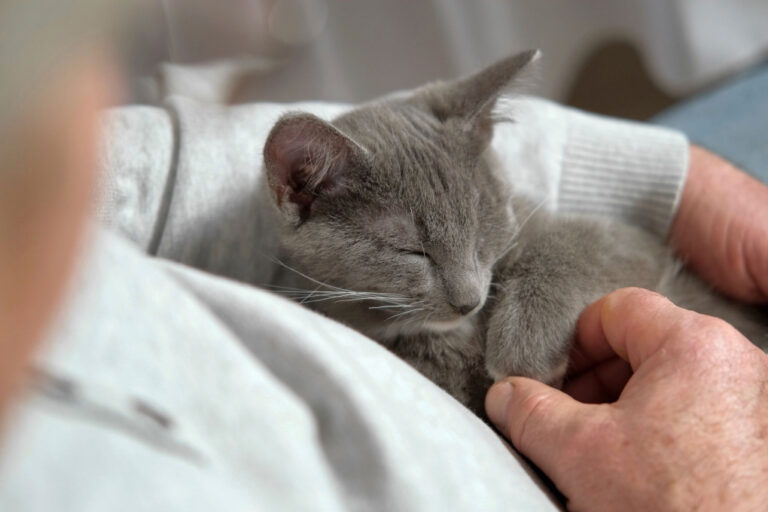
Can my cat get certified as a therapy cat?
1 March 2024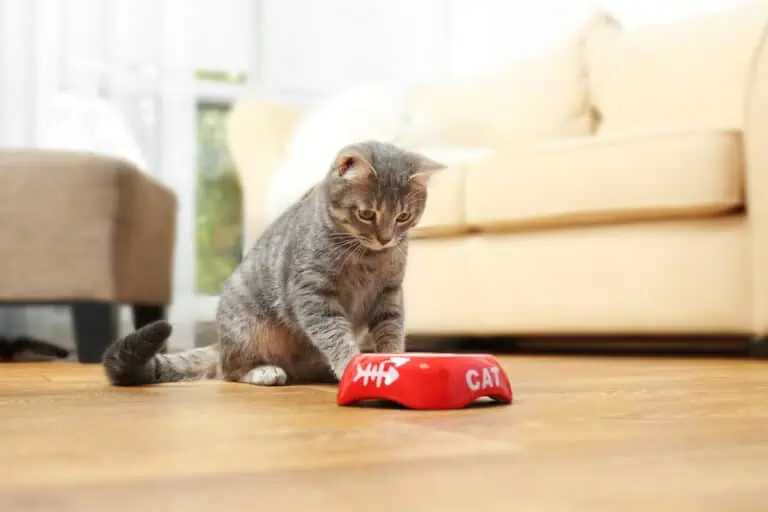
Should I leave food out for my cat overnight?
1 March 2024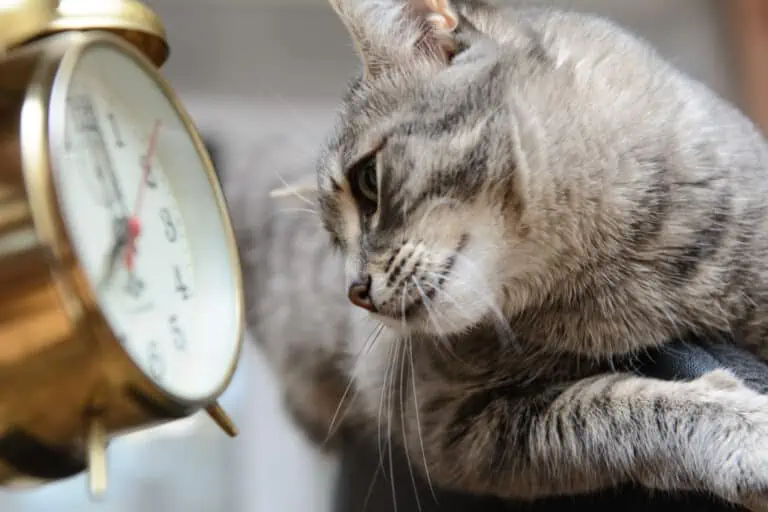
How can my cat ‘tell the time’?
1 March 2024
Insight
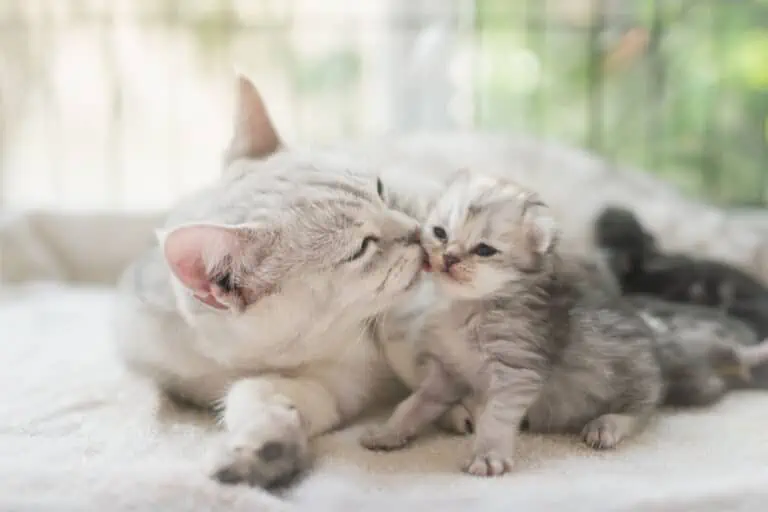
When can my cat go outside after giving birth?
1 March 2024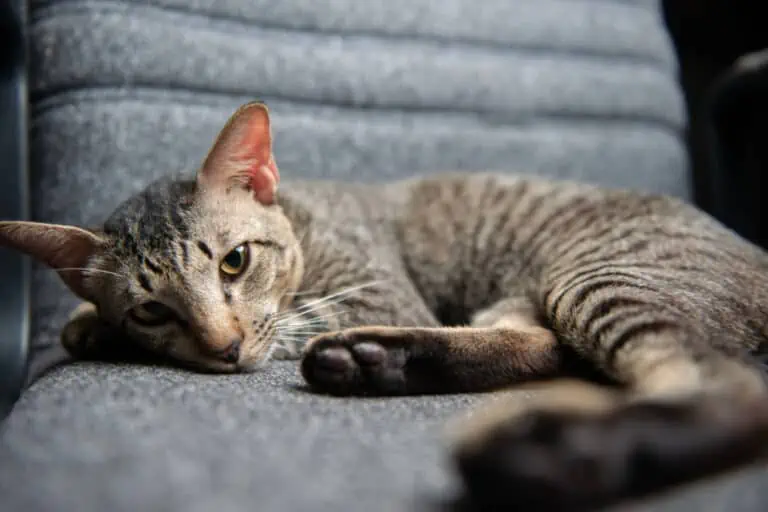
What are the signs that your cat needs a friend?
1 March 2024
Insight
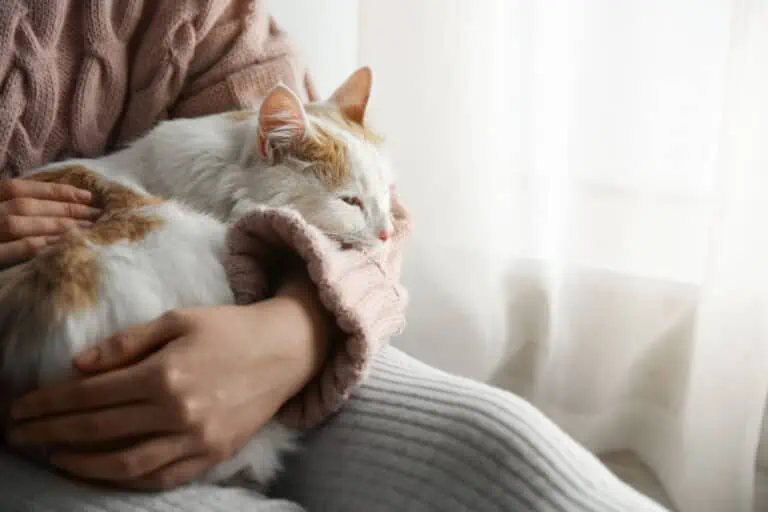
Why is my cat burrowing into me?
1 March 2024
Insight
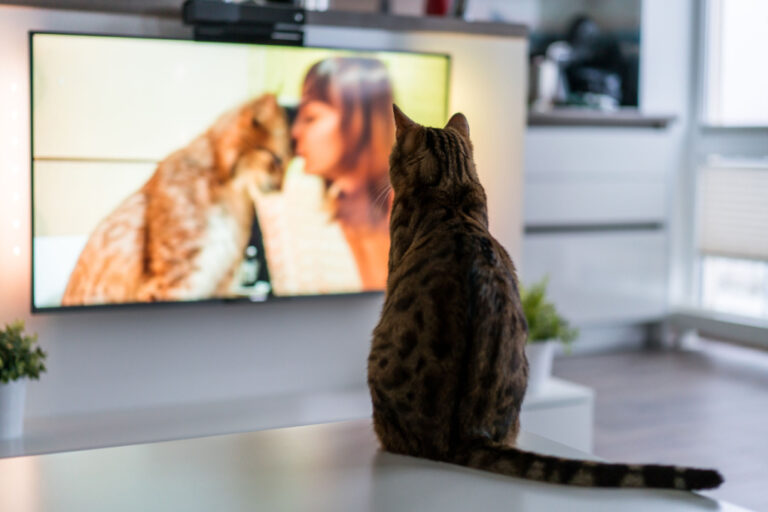
Can cats actually watch TV (what do they really see)?
1 March 2024
Advice
